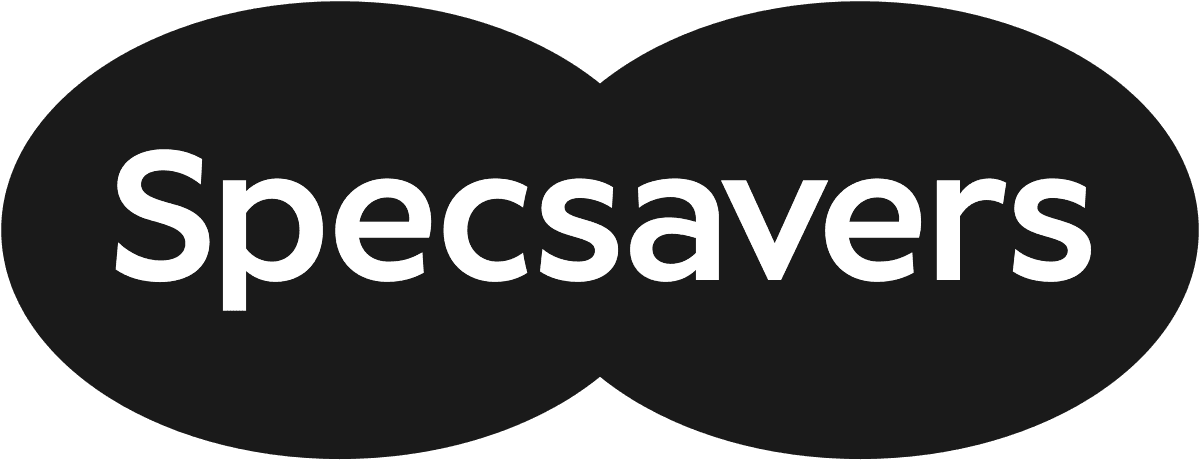When a team member leaves or a system changes, it’s not just a gap in headcount – it’s a risk to your operations. Unwritten workflows, shortcuts, and workarounds disappear, and what’s left behind is often guesswork or outdated SOPs that no one owns.
But it doesn’t have to be this way. Knowledge preservation isn’t just about documentation – it’s about designing systems that capture how work actually happens, so it can be reused, refined, and shared.
What Causes Knowledge Loss?
Most teams don’t realise their knowledge is at risk until something breaks. Common red flags include:
- Only one person knows how to perform a process
- SOPs are stored in scattered folders or old SharePoint links
- Updates happen informally and aren’t tracked
- Offshore or new hires are trained differently than core staff
- There’s no central place to find “how we do things here”
If any of this sounds familiar, you’re not alone. Knowledge gaps are one of the most overlooked risks in scaling teams.
A Practical Approach to Preserving What Matters
Here’s how to build a culture – and a system – that captures expertise as part of everyday work.
1. Make Documentation Passive
Instead of asking team members to stop and write documentation, use tools that capture their screen and actions while they work. This reduces friction and ensures documentation reflects what’s actually done – not just what someone thinks should be done.
2. Prioritise High-Risk Knowledge First
Start with roles or systems that only one or two people truly understand. Common examples include:
- Legacy finance or CRM systems
- Custom software processes
- Complex onboarding or regulatory workflows
Ask these team members to record a real session using your documentation tool of choice.
3. Store in a Shared, Searchable System
Avoid scattering SOPs across email, cloud folders, or private desktops. Choose a single platform where documentation is version-controlled, searchable, and clearly owned.
4. Make Updates a Normal Part of Work
Processes evolve. If someone changes the way something’s done, make it easy for them to record a new version immediately – ideally without needing approval, design help, or IT support.
5. Involve the People Doing the Work
Documentation should reflect how tasks are really done. The best way to capture that is to let the process owner record it themselves. Don’t outsource it to someone unfamiliar with the task.
Tip: When onboarding new hires or transitioning roles, use that moment to double-check and update documentation. It’s a natural prompt to improve clarity and remove assumptions.
See what you've been missing
Fluency is the fastest way to get real-time insights into your operations.
Where Fluency Fits
Fluency was built to support exactly this kind of passive, real-time knowledge capture. Instead of writing SOPs manually, users record their process once – Fluency turns it into structured documentation with screenshots, steps, and logic.
You get:
- A version-controlled, searchable knowledge hub
- SOPs that include the why, not just the what
- Less reliance on shadow training or tribal knowledge
- Improved continuity across roles, offices, and time zones
Most importantly, it preserves what your business already knows – without interrupting the work that needs to happen next.
Keep Knowledge Flowing – Even When People Move On
Knowledge shouldn’t disappear when your team changes. With the right systems in place, you can preserve your team’s best practices, refine them over time, and make them available to whoever needs them next.
Want a practical way to start? Identify one core workflow today and capture it in real time. You’ll be surprised how much clarity it brings – not just to new hires, but to the team who’s been doing it for years.




